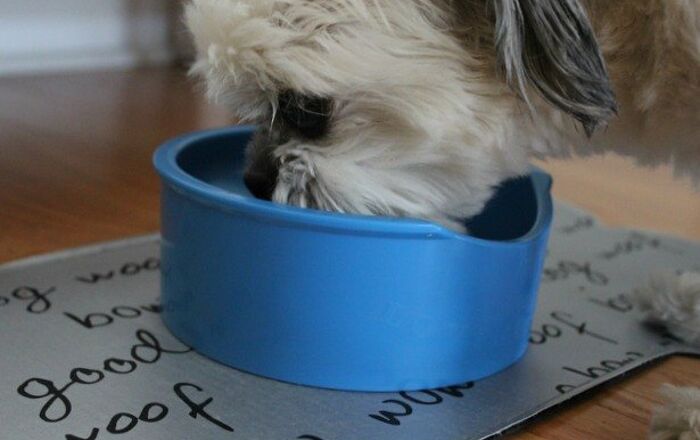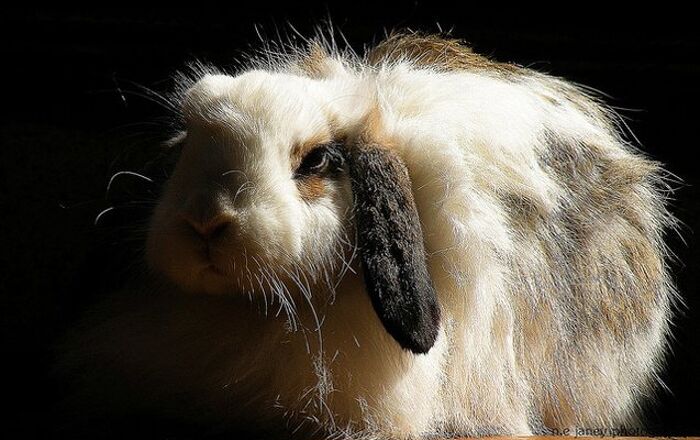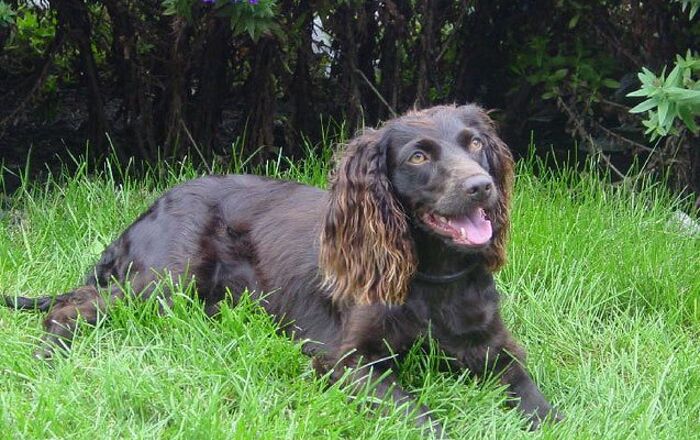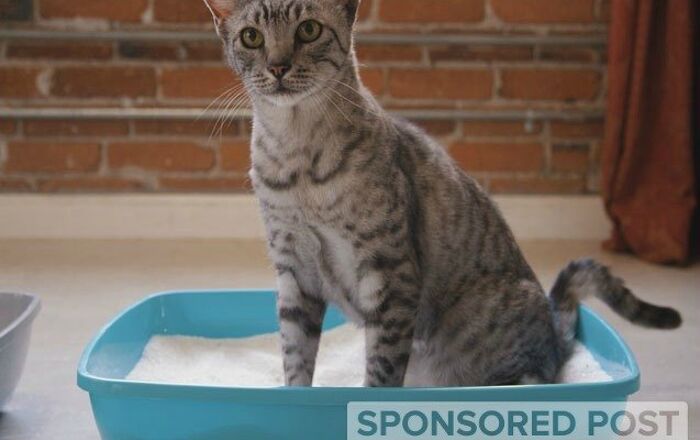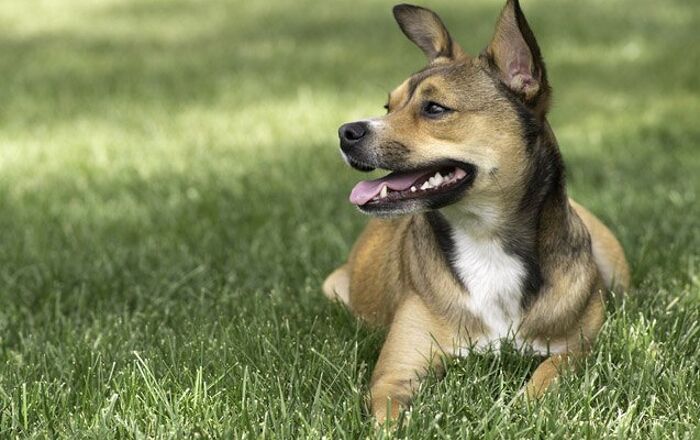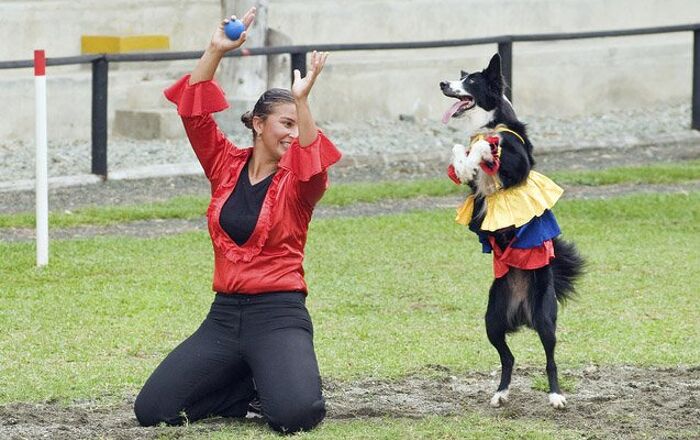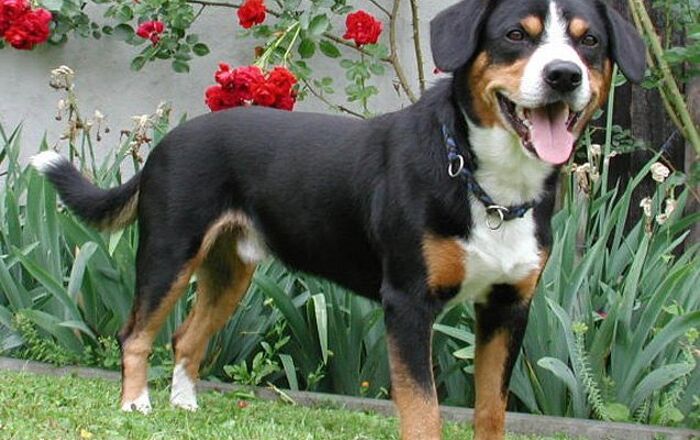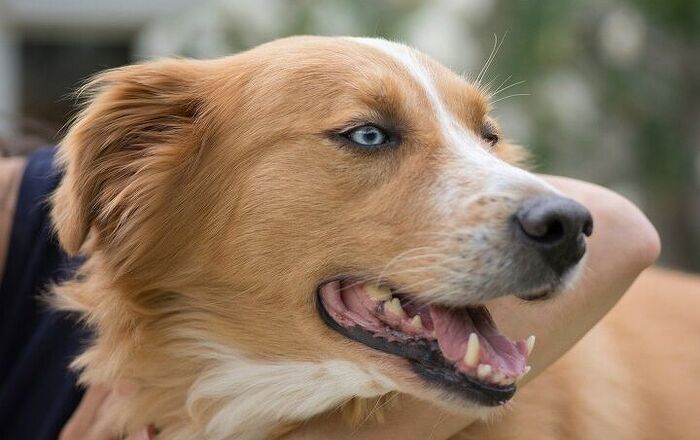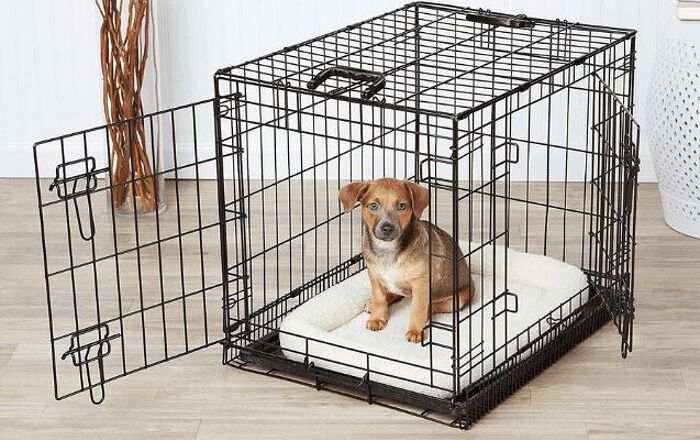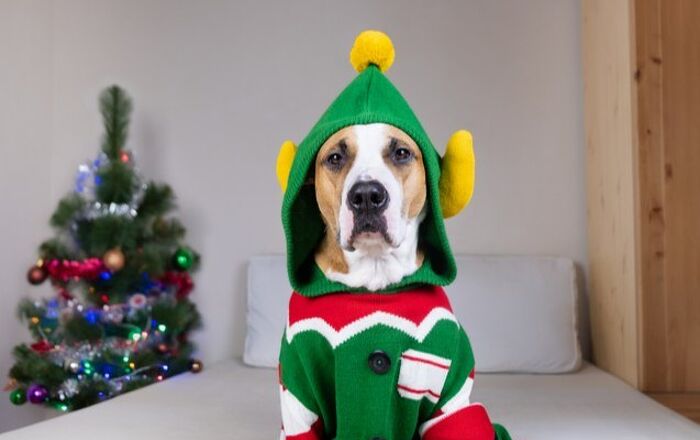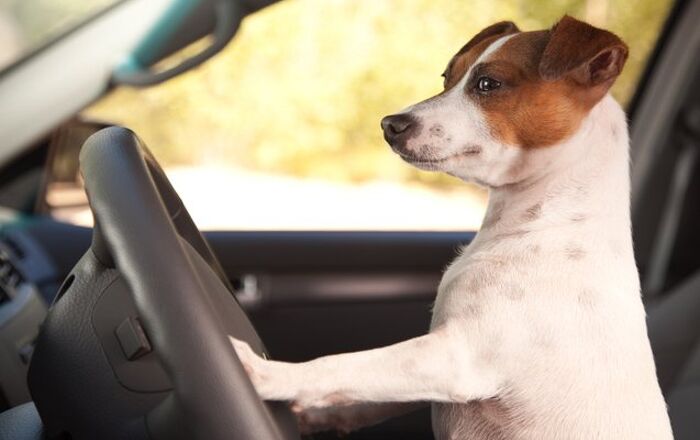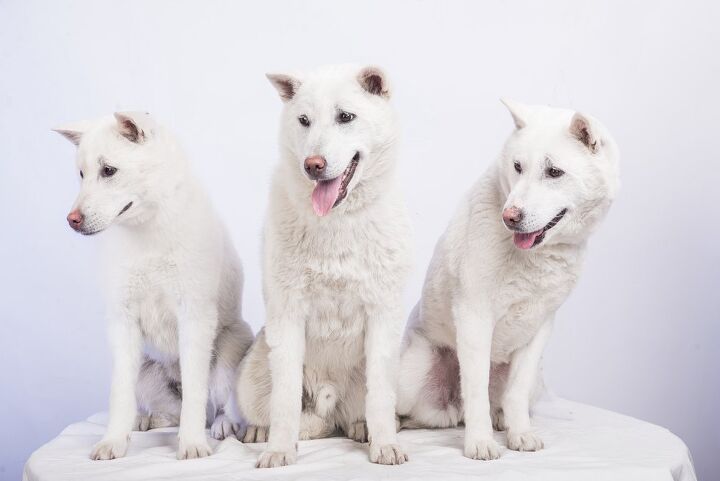
Kishu Basics
Also known as the Kishu Ken, the Kishu is a Japanese dog breed developed thousands of years ago. Known for its white coat and talent for hunting, these dogs are very loyal to family and tend to get along best with one person. The Kishu also makes an excellent guard dog but, due to his high prey drive, may not get along with other household pets. His dominant tendencies also make him a challenge to train, so he is best for experienced dog owners in a single-dog household.
Also known as the Kishu Ken, the Kishu is a Japanese dog breed developed thousands of years ago.
Origin
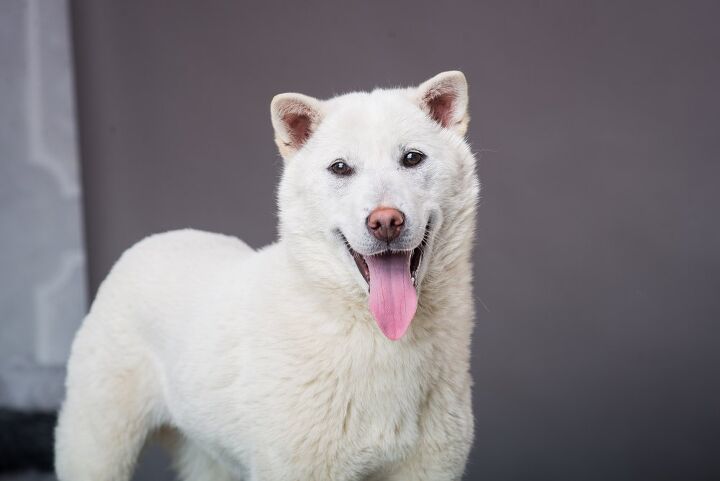
The Kishu is an ancient breed that originated in Japan. The exact origins of the breed are unknown, but it is thought to have existed for more than 3,000 years. These dogs were developed in the mountains of Ryushu where they were bred to hunt deer, wild boar, and sometimes bear. These dogs were trained to track and hold prey until the hunter arrived. Today, they are primarily used for hunting but can also be kept as a family pet with proper training and exercise. The breed is sometimes crossed with the Shikoku, a dog very similar in appearance, and he is very rare outside of Japan. The breed has yet to be accepted by the AKC but is a member of the Foundation Stock Service.
Pedigree
The Kishu is an ancient Japanese breed descendant from medium-sized spitz-type dogs similar to the Hokkaido, Shikoku, and the Kai Ken.
Food/Diet
The Kishu is a medium- to large-sized breed that typically does well on a high-quality adult dog food. If your Kishu is very active, however, he may do better on an active or working breed formula. Make sure your dog gets plenty of protein in his diet to support lean muscle mass.
The Kishu is smart and trainable, though he does sometimes develop a stubborn or headstrong streak.
Training
The Kishu is smart and trainable, though he does sometimes develop a stubborn or headstrong streak. These dogs are best for experienced dog owners due to the challenge of training, and they require a firm and consistent hand in leadership. Socialization is very important, especially if you plan to keep your Kishu with children or other pets. They are easy to housebreak and generally respond well to positive reinforcement training.
Weight
The Kishu is a medium-sized breed, standing 17 to 22 inches tall and weighing 30 to 60 pounds at maturity. Males are slightly larger than females of the breed.
Temperament/Behavior
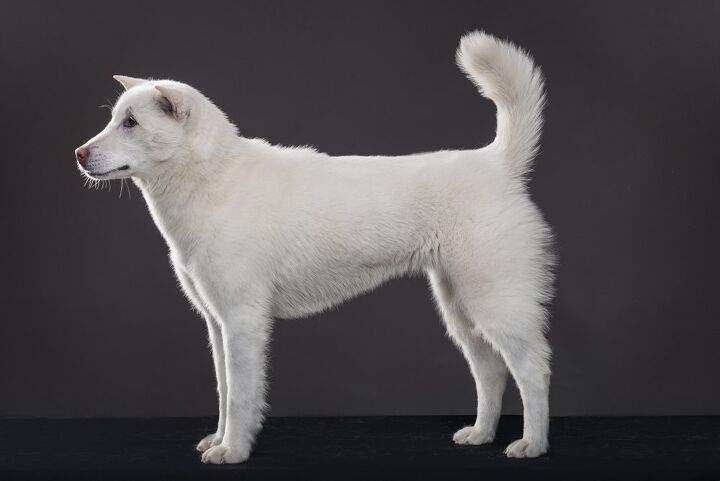
The Kishu is a very intelligent breed which sometimes lends itself to stubbornness. These dogs are never aggressive, though they do have a strong prey drive and may chase cats or other small household pets. This breed is extremely loyal to family and often bonds more with a single member of the household, though they do get along well with children if raised with them. This breed can be somewhat protective of family as well and is generally aloof around strangers.
Common Health Problems
As an ancient breed, the Kishu is generally very healthy and there are no known genetic health problems. Some of the conditions to which the breed may be prone include hypothyroidism, entropion, and food or environmental allergies.
Life Expectancy
The average lifespan for the Kishu is 11 to 13 years.
Exercise Requirements
The Kishu is a very active breed that requires a significant amount of daily exercise. This breed needs at least 30 minutes of vigorous exercise per day and will appreciate having an outdoor, fenced area in which to run and play.
The Kishu is a very intelligent breed which sometimes lends itself to stubbornness.
Recognized Clubs
The Kishu is not yet fully accepted by the AKC but has been admitted into the Foundation Stock Service. This breed is, however, recognized by the FCI as an Asian breed and by the UKC as a Northern breed.
Coat
The Kishu is a well-muscled breed with the typical spitz-type coat. He has a thick double coat with a short, dense outer coat of coarse texture. The undercoat is soft and thick, the tail very bushy and thick. The hair on the back of the legs is usually a little longer and the most common color is all white, though some brindle, red, or sesame coloration is acceptable.
Puppies
The average litter size for the Kishu is 2 to 5 puppies. Puppies tend to grow fairly quickly and, due to the breed’s intelligence, they require early socialization and training to prevent the development of bad habits. These dogs also have a high prey drive, so you’ll need to train your puppy early not to chase cats or other household pets. The best diet for Kishu puppies is a high-quality puppy food, potentially one formulated for larger breeds.
Photo credit: Molica_an/Shutterstock




